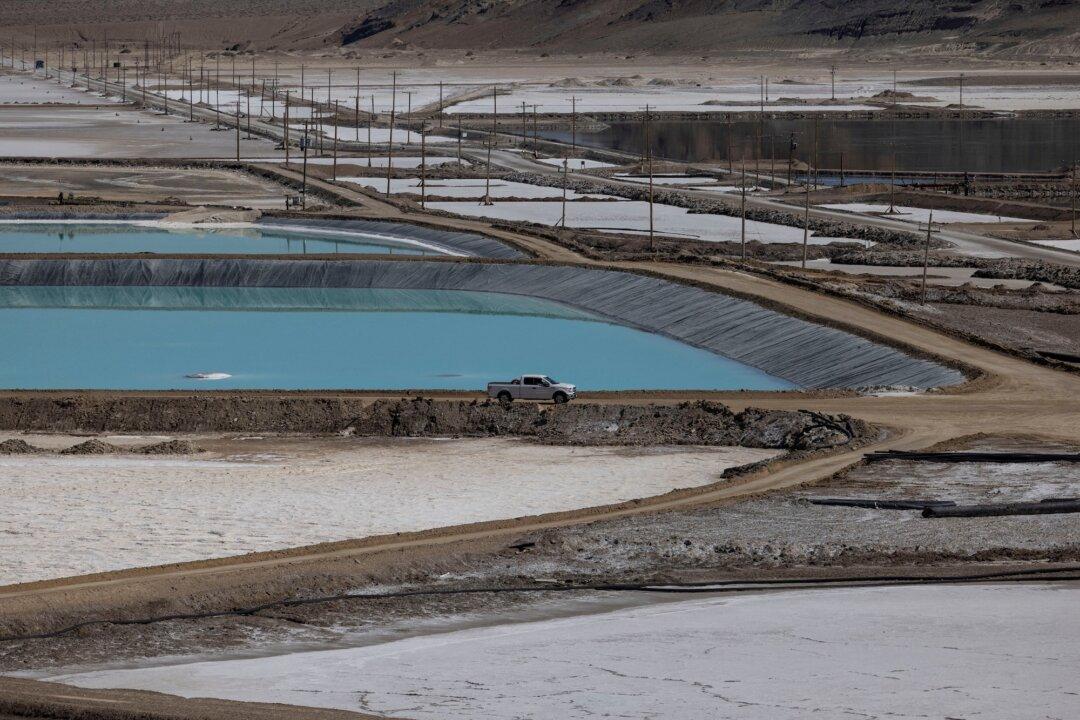The annual rate of inflation came in hotter than economists expected at 3.1 percent in January, with some analysts expressing particular concern that the monthly pace of “core” inflation, which excludes food and energy, was much too high for comfort as it shows price pressures building steam.
The reading was higher than the 2.9 percent that markets expected.
Meanwhile, the headline month-over-month inflation reading of 0.3 percent was higher than the 0.2 percent notched in the prior month and another negative upside surprise for economists.
The “core” annual CPI, which is a measure that strips out the volatile categories of food and energy and reflects underlying inflationary pressures, slowed to 3.9 percent. While that was the lowest core inflation reading since August 2021, it, too, was above market estimates of 3.7 percent.
But perhaps the biggest negative surprise was that the core month-over-month pace of inflation came in at 0.4 percent, also higher than the 0.3 markets expected and higher than the prior month’s reading of 0.3 percent.
Even a monthly core inflation reading of 0.3 percent, which would have been in line with market expectations, would have been too high for comfort because that would annualize to 4 percent, which ING analysts said would be “clearly too high.”
Some analysts saw the increase in the 0.4 percent January monthly core reading from 0.3 percent in December as a sign that inflationary pressures are again on the rise.
“The 0.4% jump in the core annualizes to 5%. Without additional rate hikes, there is no chance inflation will return to 2 percent,” he added.
After the release of the inflation data, which revealed that underlying inflationary pressures remained elevated, the odds of a May cut fell to around 36 percent, a sharp drop reflecting investor bets that the Fed will keep rates higher for longer.
The CME Group data shows that the Fed’s June meeting is now expected to deliver the first interest rate reduction of the current cycle.
Rate Cut Timing
Annual inflation, which hit a recent peak of 5.5 percent in March 2022, has held above the Fed’s 2 percent target, according to both the CPI measure and the central bank’s go-to inflation gauge, the core personal consumption expenditures (PCE) measure.Headline CPI inflation, which the government uses to make the cost of living adjustments to benefits like Social Security, hit a recent peak of 9 percent in June 2022.
Like the latest CPI data for January, the most recent PCE data (for December) showed elevated month-over-month core inflationary pressures.
He replied that Fed policymakers have “some confidence” that price pressures are easing but need “more evidence that inflation is moving sustainably down to 2 percent.”
Mr. Powell clarified that the Fed wouldn’t wait until inflation drops to 2 percent before it starts cutting rates because holding rates that high for that long would weigh on economic activity and almost certainly trigger a recession.
But he was clear that moving too soon to cut rates could set off inflation again or halt the progress made thus far.
“I can’t overstate how important it is to restore price stability, by which I mean inflation is low and predictable, and people don’t have to think about it in their daily lives,” he said.
Mr. Powell said that, in hindsight, the Fed waited too long to raise rates, incorrectly believing that the sharp run-up in inflation after the pandemic would prove to be a short-lived phenomenon.
Inflation Expectations Retreat
One data point that may build Fed officials’ confidence that inflation will continue to move along a downward path is Americans’ future inflation expectations.U.S. consumers have reported a fairly stable outlook for inflation at the start of the year, as medium-term expectations settled back to levels last seen before the pandemic.
However, the projected rise in inflation in the medium term (three years from now) dropped to 2.4 percent, the lowest since March 2020.
In particular, the report found a broad retreat in inflation expectations in several key areas: gas, food, and rent.
The year-ahead expected rise for gasoline hit its lowest level since December 2022, the anticipated increase in food fell to its lowest point since March 2020, while the expected rise in rent hit its lowest reading since December 2020.
In the first-quarter survey, CEOs said that they expect CPI inflation to come in at 3.4 percent over the next year, down notably from 4.2 percent in the fourth-quarter survey.







